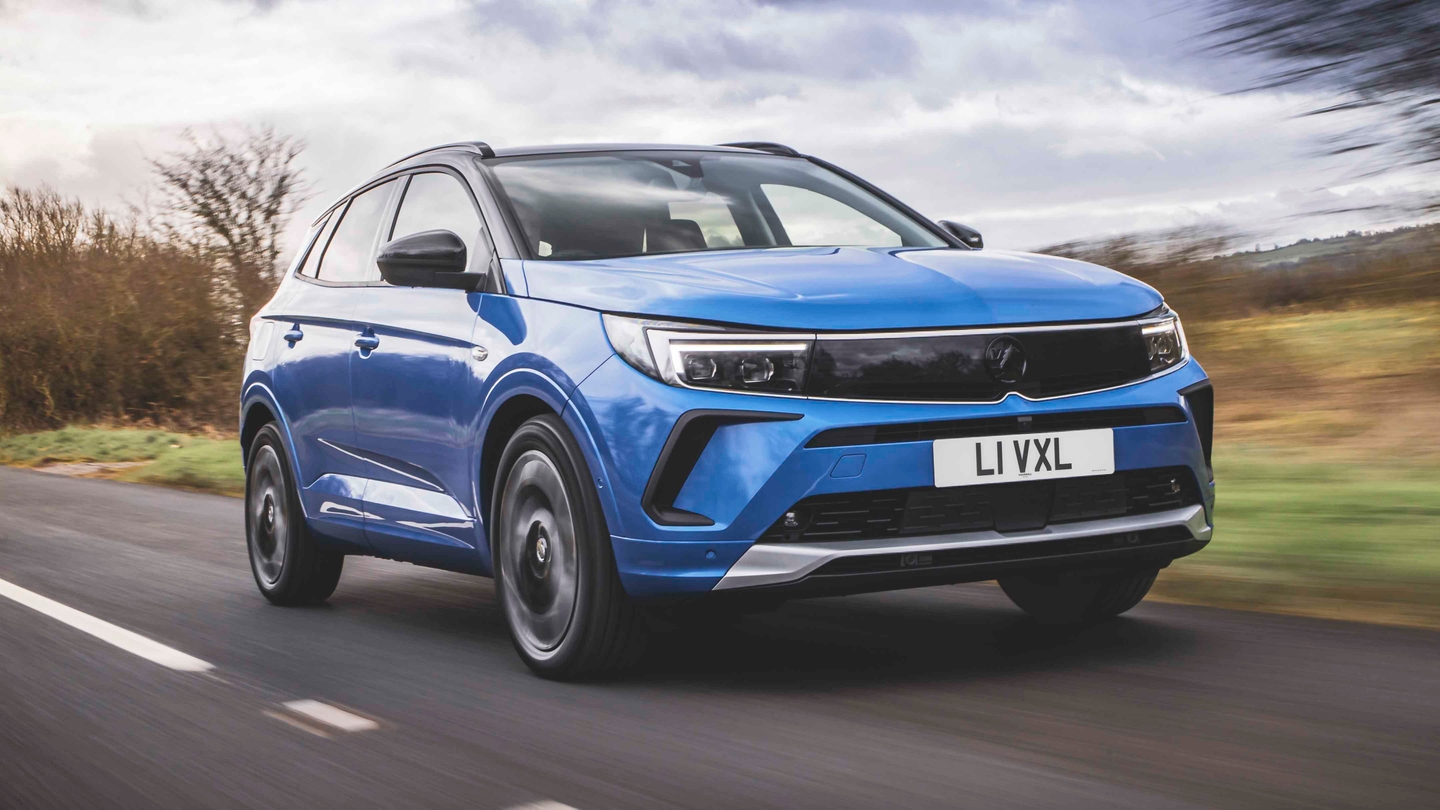

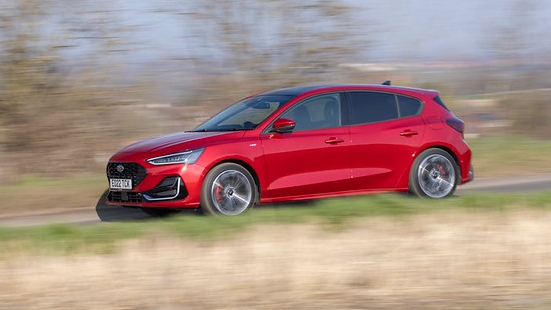
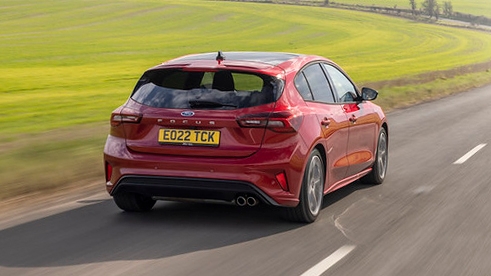
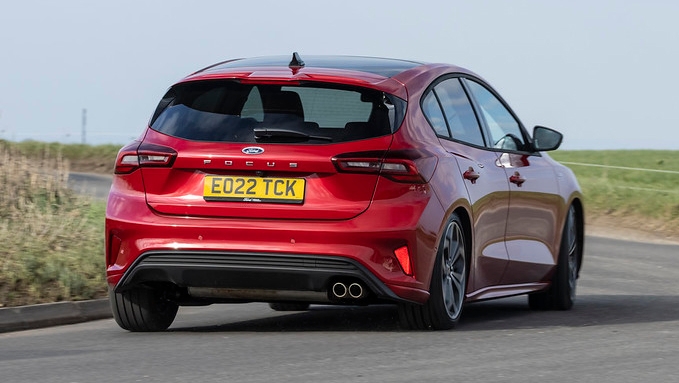
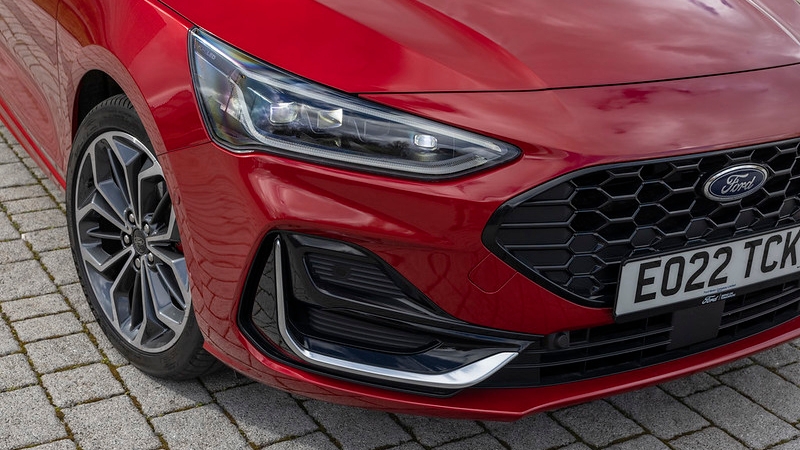
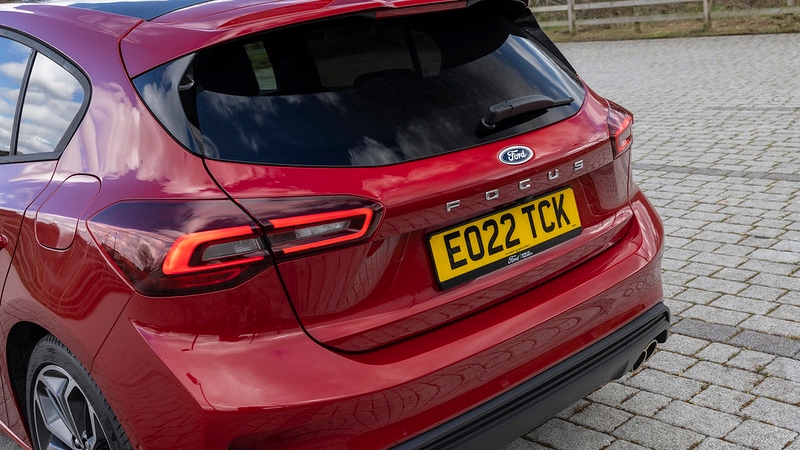
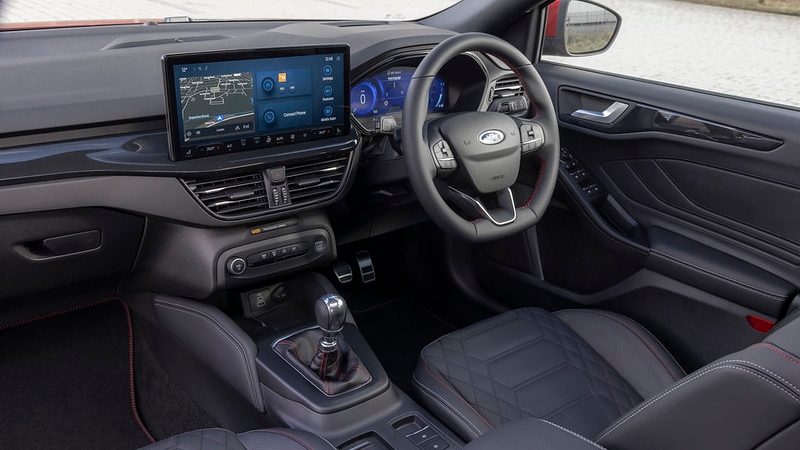
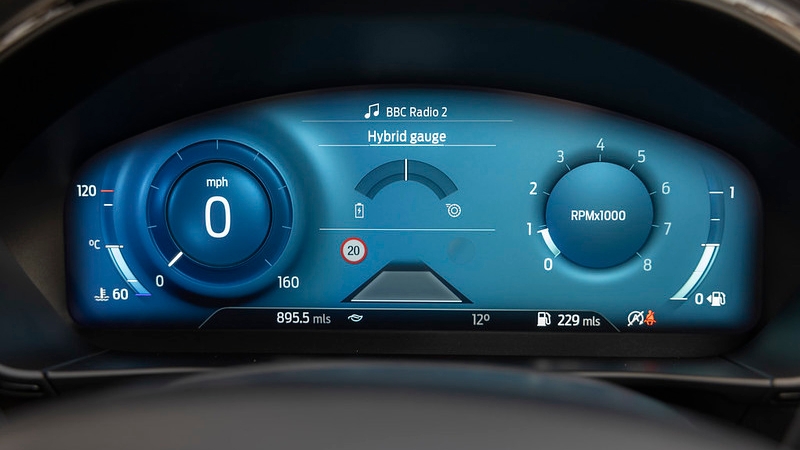
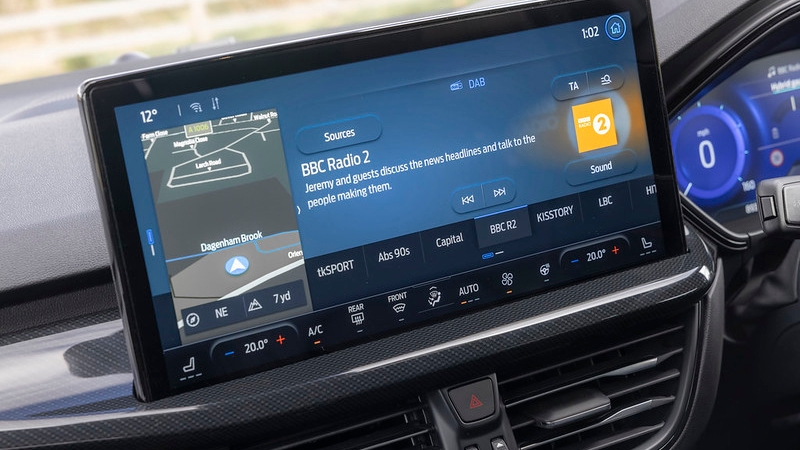

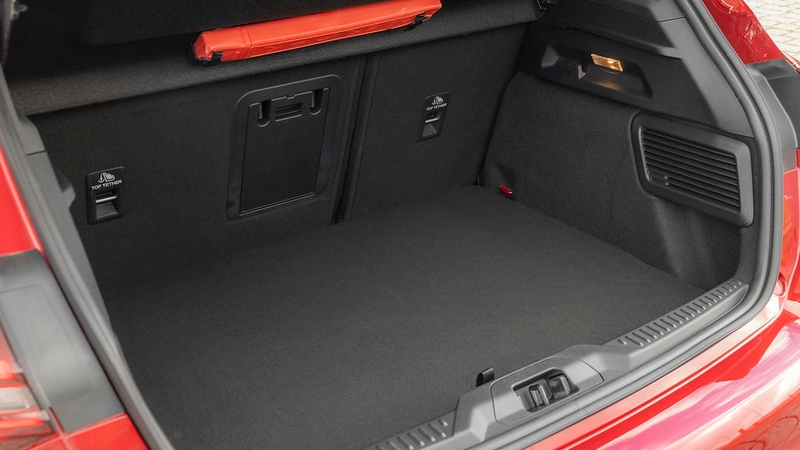

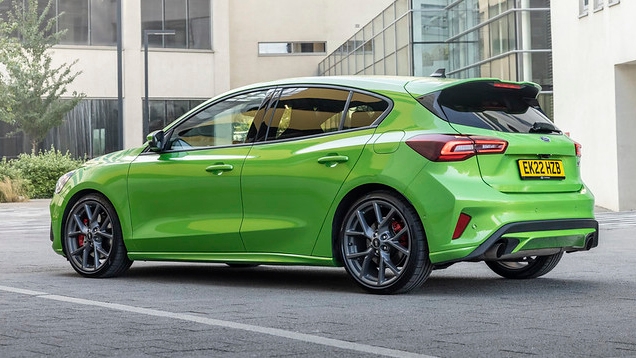
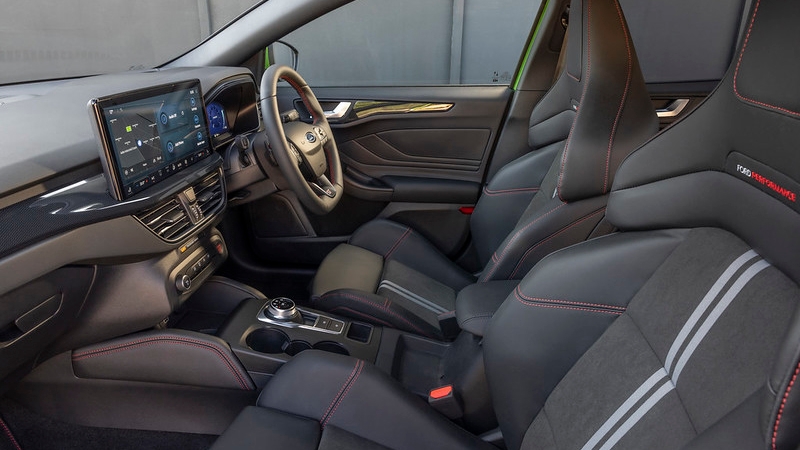
Ford Focus Review
The Ford Focus is still an excellent, do-it-all family transporter if you don’t want an SUV.
It offers a huge spread of talents, from rear-seat space to easy-to-use infotainment features and fun handling.
- Great to drive
- Intuitive and spacious interior
- Wide choice of trim levels
- Little interior flair
- No premium image
- Average boot space and warranty
Should I buy a Ford Focus?
In the first six months of 2003, Ford sold just under 70,000 Focuses and the car topped the sales charts. Two decades later, the familiar Focus isn’t even in the top 10.
The seismic shift from traditional hatchbacks to high-riding SUVs is particularly noticeable at Ford. The Puma was the UK’s best-selling car in 2024, whereas the Focus is being discontinued in 2025, and the Fiesta’s now long gone. Ford’s putting most of its eggs in £50k electric cars, instead.
That’s a shame because the current Focus is the best yet, and a great car in many areas. It has a simple-to-use and well-equipped interior, spacious rear seats and a good sized boot. It’s comfortable and quiet, and still has some of the driving sparkle that modern Fords have been known for. It’s roomier than the Puma and easier to park than the Kuga. And, while it doesn’t have bucketloads of kerb appeal, the Focus offers such a variety of trim levels that there’s something to suit every buyer – whether you want crossover ruggedness, luxury features or racetrack-ready performance.

You’ll find pre-facelift and post-facelift Focus models on sale at Motorpoint. Differences between them are ultimately quite small, but you’ll notice that the newest cars have slimmer, pointier headlights and that the Ford badge has grown and now sits on the grille rather than above it. The changes are much more noticeable inside, where the Focus gains a cinema-sized screen on the dashboard.
Interior and technology
Like an increasing number of cars, the Focus’ new 13.2-inch infotainment system includes nearly all the main features, so you’ll be using it a lot. Luckily, it’s mostly easy to use and responsive to your prods. The climate controls are positioned in a bar at the bottom of the screen and are there at all times, but the icons are small and hard to hit – especially compared to pre-facelift Focuses that used proper buttons and dials.
Overall, the Focus plays it quite safe in terms of interior design, which should mean the cabin ages quite well. More importantly, most of the controls are where you’d expect them to be and it’s easy to live with – and that’s probably a little more important than the slightly cleaner look that some rivals have.

Practicality
This is another area where the current Focus is massively better than its predecessor. Rear-seat space is a little more generous than in most of its rivals, and the boot is pretty much the same size as a Volkswagen Golf’s – which is decent enough, if not troubling the biggest boots in the class. You’ll easily get a weekly shop or a pushchair in the boot.
Of course, the Focus also comes as an estate, which has an enormous 593-litre boot that should be more than enough for family holidays or a couple of large dogs. If you need a big boot, the Focus Estate is a better choice than the Kuga.

Engines and performance

The Focus follows a pretty conventional family hatchback formula, and that continues under the bonnet. A range of petrol and diesel engines are available, called EcoBoost and EcoBlue respectively, but there’s only limited electrification. Despite the prominent hybrid badges on mild-hybrid Focuses, these versions of the EcoBoost engine still feel like normal petrol engines and can’t power the car with electricity alone.
A 1.0-litre engine doesn’t sound like it’ll be up to the task of moving a car like the Focus but, with 125hp or 155hp available, it’s powerful enough to offer decent acceleration. Take it steady and you’ll get over 50mpg. A 1.5-litre diesel engine suits high-mileage drivers, while the 2.3-litre petrol engine in the Focus ST is a powerful range-topper that’ll please enthusiasts.
Ford’s engines have received a lot of negative press in recent years, with its petrol engines colloquially known as ‘EcoBoom’ engines. However, all mild-hybrid Fords – including the Focus – have a timing chain rather than the ‘wet’ timing belt that caused a lot of issues in earlier versions of the engine. There’s still a wet belt for the oil pump, but the best advice for this is to change the oil at least every year, rather than the two-year interval Ford suggests.

Driving and comfort
The Focus might not offer the luxury trimmings of a Mercedes A-Class, but it still has a slick driving experience that most rivals struggle to match. The steering is quick and accurate, which makes the Focus a joy to drive on a twisty B-road. If you’re after hot hatch thrills, the Ford Focus ST turns the wick up and is one of the finest-driving cars you can buy for a relatively modest budget.
While enthusiasts will seek out the red ST badges and sporty seats that mark it out, most buyers will find the 1.0-litre petrol engine perfectly suited to their needs. The 125hp engine has enough power to keep up with traffic, while the 155hp version feels noticeably punchier. Both the manual and automatic gearboxes are great, but for different reasons – the manual is satisfying to use and makes you feel like a part of the action, while the automatic gearbox’s shifts is barely noticeable.




